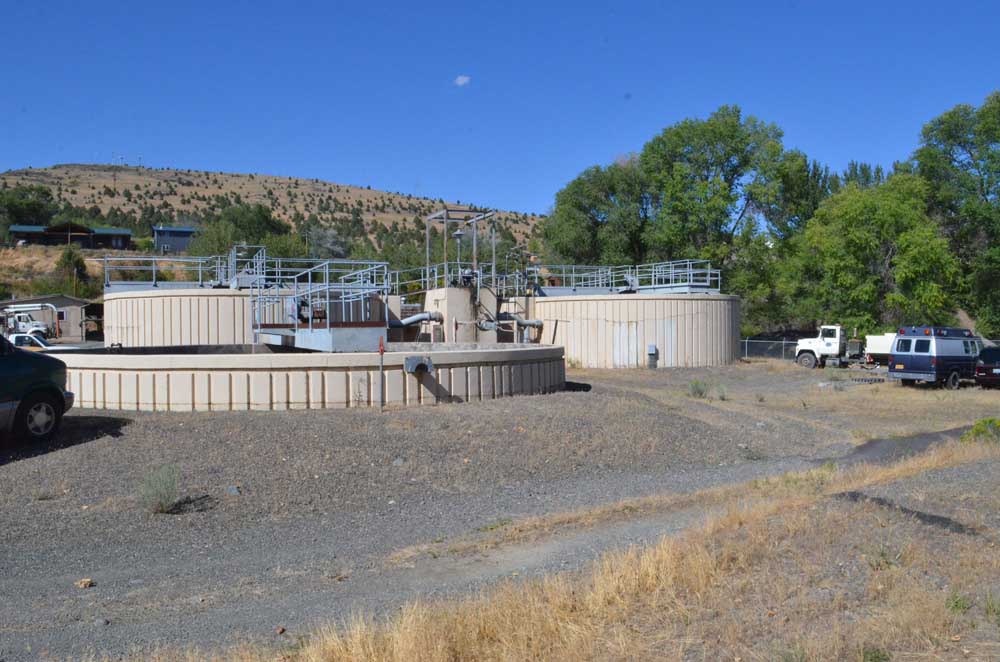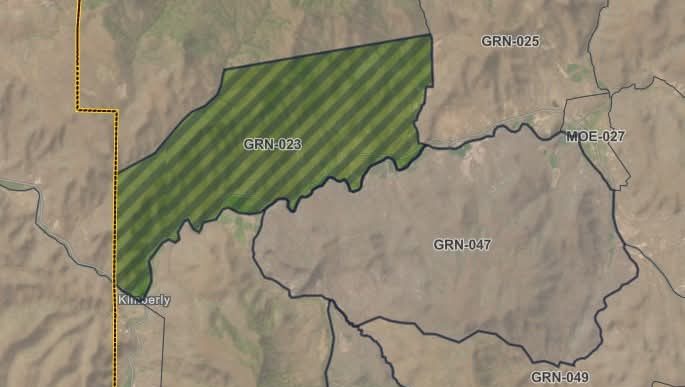Out and About: A (too) quick exploration of Smith Rock State Park
Published 5:00 pm Tuesday, February 20, 2024

- Jacoby
I’m used to searching for a place to park but not for a parking place.
Trending
These two situations are not the same, despite the similarities.
The word “park,” for instance.
When I go hiking, I often start somewhere other than a designated parking lot.
Trending
Depending on the season, snow might lie about. Perhaps feet of it.
Or mud. Which usually is shallower than the snow but considerably messier.
The challenge, and it can be daunting, is to find a spot to park and which I have a reasonable chance of getting out of when I return.
(It is in my experience much easier to drive into a snowdrift than to extricate your rig from it. Particularly if the snow has had a few hours to tighten its grip.)
The circumstances when my daughter, Olivia, and I visited Smith Rock State Park near Redmond were quite different.
No snow.
Or mud.
Vehicles, by contrast, were thick on the ground.
There were a few pickup trucks and an occasional sedan and, far more numerous these days in almost any setting in which cars congregate, sport-utility vehicles.
We were driving home on Super Bowl Sunday after a weekend trip to visit my parents, who live in Mill City, and to watch the Baker High School boys basketball team play a couple games.
I had been to Smith Rock only once, more than 30 years before.
The sun was out, the thermometer in our car (one of those rare sedans, a Mazda6) showed 50 degrees, and the rabbitbrush was barely fluttering in the breeze.
Smith Rock, despite the singular name of the state park, is hardly an individual monolith.
The welded tuff formation, byproduct of a volcanic eruption in the nearby Cascade Mountains, has been sculpted by wind and water into a labyrinth of pinnacles that jut, rather like stalagmites, from both sides of the canyon carved by the Crooked River.
(The stone is made of ash that was “welded” by the intense heat of the eruption.)
There is a fine network of hiking trails in the state park, totaling more than a dozen miles.
But Smith Rock(s) is (are) renowned not for what it offers to plodding pedestrians.
This is Oregon’s premier place to climb cliffs.
The 29.5 million-year-old tuff, though susceptible like all stone to erosion given enough millions of years, is much more solid than the crumbly lava that makes up most of the much taller volcanoes in the Cascades (several of which are visible from parts of the state park).
Climbers, whose fingers and toes (and, potentially, their lives) sometimes depend on the strength of a fingernail-width knob or fissure, appreciate this quality.
I just wanted to walk for 45 minutes or so.
But as we drove into the park, creeping along at walking pace as we searched for the gap that portends a parking space, I began to despair.
I wondered if we would end up so far from any trail that we’d take up the time I had allotted just to get to the trailhead. And although you can see some of the pinnacles from the parking lot, I much prefer to look at trees and rocks while hiking rather than reading the frequently inane bumper sticker slogans.
Typically, of course, the closer you get to where the road ends — and the trail starts — the less likely you are to find a space.
Fortunately, the road to the North Point section of Smith Rock is an exception.
Or at least it was on Feb. 11.
We found a spot near where the road ends — and, more important, where the trail starts.
Trails, actually.
There is little loop, just a tenth of a mile or so, that leads to a viewpoint. Olivia and I hiked that flat trail, then branched onto the Homestead Trail, which descends, relatively steeply and with a few switchbacks, to the Crooked River.
We had the tiniest taste of the place, to be sure.
The more dramatic formations — including the famous pinnacle called “Monkey Face” — are downriver, beyond sharp bends in the river’s circuitous route.
But I saw quite enough to entice me to return. I was especially taken by the short switchbacks, on the other side of the river, that are part of the Misery Ridge Trail, a 4-mile loop that passes beneath Monkey Face.
I suggested to Olivia that we were heading for that trail, which is directly across the river, but it was the hollowest of threats.
The hiker bridge across the Crooked River was a mile downstream, and we could hardly consider fording the river, which was running swift, brown and high from recent snowmelt.
Smith Rock is a bit too far from much of Northeast Oregon for a casual day trip.
It’s a drive of about four hours from Baker City, nearly as long from Pendleton, four and a half from La Grande and about six hours from Enterprise. But John Day is less than three hours away, and Heppner and Boardman just a little longer.
But there is no other landscape quite like it in Oregon.
Leslie Gulch, in the Owyhee backcountry of Malheur County, a much more remote destination, probably is the best analogue.
So remote that parking places are few, and rightly so.









